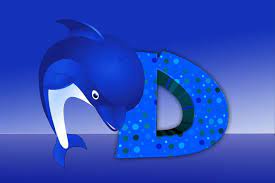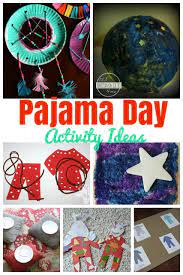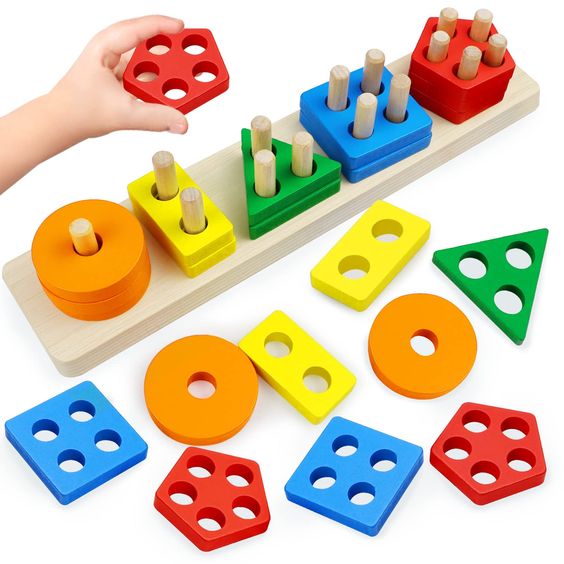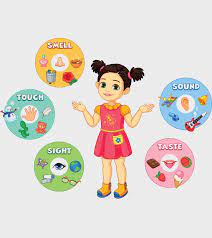Learning about body parts can be both educational and entertaining for children! As they learn the names of different body parts, they can also develop their motor skills, coordination, and cognitive abilities. Here are 10 fun and engaging games and activities that can help your child become familiar with their own body.
1. Simon Says: This classic game is perfect for teaching body parts while also improving listening skills. Call out actions involving specific body parts (e.g., touch your nose) and have the children follow along only when you say “Simon says.”
2. Body Part Bingo: Create a bingo game using pictures or illustrations of various body parts. Call out the names of each body part, and have the children match them to the images on their bingo cards.
3. Body Part Puzzle: Cut out large pictures of body parts and laminate them for durability. Have the children work together to put the puzzle back together, identifying each body part as they go.
4. Play Dough Bodies: Provide children with play dough and encourage them to create their own model of a person, labeling each body part as they shape it.
5. Labeling Activity: Have children lie down on large sheets of paper while you trace their bodies with markers. Afterward, let them label each part of their traced outline with the correct name.
6. Body Part Relay Race: Set up a relay race where children must hold an object such as a bean bag or ball with different body parts (e.g., between their knees, on their elbow) while racing to a designated point.
7. Musical Body Parts: Play music as children dance around, stopping it at random intervals to call out a specific body part. The kids must then touch that part as quickly as possible before the music starts again.
8. Drawing Faces: Give each child a blank face template and have them draw in various facial features (eyes, nose, mouth, ears) while learning the names of each part.
9. Body Part Scavenger Hunt: Hide cards with body part names written on them around the room. Have the children search for the cards and match them to corresponding images or objects (such as gloves for hands).
10. Mirror Play: Use a mirror to help children explore and identify their own facial features and body parts. Encourage them to point out the parts as they name them.
These 10 activities and games are perfect for making learning about body parts an enjoyable experience for children. Keep it fun and playful, and your little ones will master this essential knowledge in no time!











